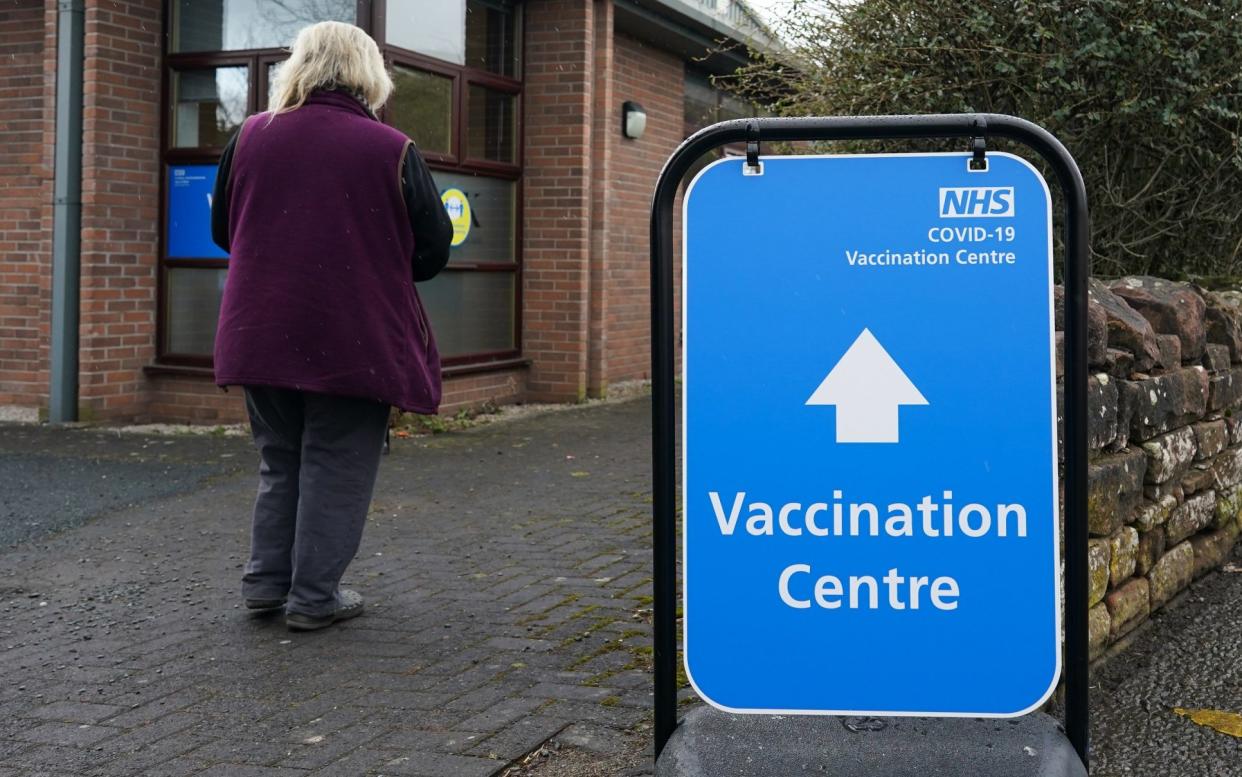Homeowners more likely to have had Covid jab than renters

Homeowners are more likely than renters to have been vaccinated, the first official breakdown of take-up figures among the over-50s has shown.
The Office for National Statistics (ONS) found that the probability of someone accepting the jab is heavily linked to their ethnicity, religion, language skills, job level and housing situation.
The figures show that the vaccine rate among homeowners is 93.7 per cent, but stands at 84.2 per cent among those who rent privately. It was slightly higher for people renting social housing, at 86.6 per cent.
Religion also appeared to play a role in uptake, with 93.2 per cent of Christians accepting a vaccine – the highest of any religion – compared to 78.8 per cent of Muslims, the lowest proportion. The rate for those with no religion was 90.7 per cent.
Job status was also linked to vaccination rates, with 93.1 per cent of professionals and higher managerial positions having the jab, compared to 77 per cent of people who were unemployed or had never worked.
There was a relationship between proficiency in the English language and vaccination rates, with the lowest rates in those who do not speak English at all, at 75.3 per cent, compared to 92.7 per cent for those whose main language is English.
The ONS analysed data from the National Immunisation Management Service on people over 50 between Dec 8 and April 12, linking it to their NHS numbers.
Hugh Stickland, the head of strategy and engagement at the ONS, said the lower rates are broadly similar to the groups that express vaccine hesitancy, but added: "The reasons for lower uptake are likely to be complex, including for example being unable to travel to a vaccination centre."
Older black adults remain the ethnic group least likely to have received a Covid jab, with figures suggesting around three in 10 have not been vaccinated.
The lowest rates were estimated among those aged 50 and over identifying as black Caribbean and black African, at 66.8 per cent and 71.2 per cent respectively. This compares with 93.7 per cent of white British adults, with estimates for all ethnic minority groups lower than this.
Statistical modelling showed the odds of not having received a dose of a vaccine were 7.4 times greater for people from black Caribbean backgrounds compared with those of white British ethnicity.
After adjusting for age, sex, socio-demographic characteristics and underlying health conditions, the odds were still 5.6 times greater. For people identifying as black African, the unadjusted odds were six times greater, while the adjusted odds were 3.4 times higher.
Dr Habib Naqvi, the director of the NHS Race and Health Observatory, said: "Although steps have been taken to increase levels of confidence and trust in the vaccine amongst our diverse populations, the figures in this report show there is still more work to be done – including ramping up tailored, culturally sensitive public health communications, delivered across a range of platforms."
Disabled people who reported being limited a lot in their day-to-day activities had a vaccination rate of 89.3 per cent, compared with 92.3 per cet for non-disabled people.
Salman Waqar, the general secretary of the British Islamic Medical Association, said the situation was improving among Muslim communities, with and healthcare professionals joining forces to increase trust.
"Barriers still remain, some of which are well understood – such as historic inequalities, Islamophobia, targeted misinformation, non-inclusive services – and others need further exploration," he said. "What is clear is that more work and investment is needed to continue the efforts in building confidence and easing access to vaccines in these communities, especially amongst younger cohorts."

